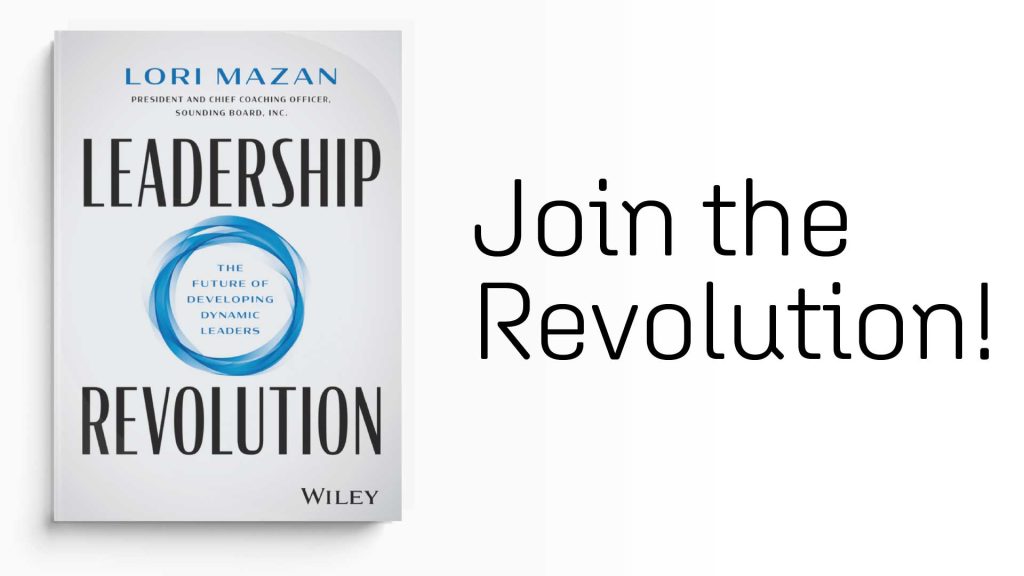This is the second article in a three-part series on behavioral science and leadership. In this series we discuss how these concepts and practices overlap to create a positive impact on workforce development, business outcomes, and expanding an organization’s leadership potential. Here’s a link to the first article.
The corporate learning space has had a lot of exposure to behavioral science recently, especially as it pertains to leadership development. Why? Behavioral science is the study behind leaders’ behaviors in the workplace. These behaviors have considerable value as they can be predictors of success, failure, and indicate which developmental areas may produce the most favorable career and business outcomes.
Essentially, behavioral science can help us understand and influence change in the following areas:
- Leader development: How leader development impacts unconscious decision-making, choice, and self-determination.
- Leader effectiveness: How productivity measurements are contextualized based on the organization.
- Leader agency: How autonomy of choice shapes motivation and self-determination.
Through systematic experimentation and investigation of the impact of workplace coaching, when applied behavioral science can influence leaders, teams, and organizations. However, it’s important to note that behavioral science without context is useless. Context is key for both behavioral science and leadership development.
An off-the-shelf template can’t address your organization’s leadership culture and needs. To find a solution that works for your company requires that you as a learning or talent leader ask: when, why, and how.

Further, leadership development likely won’t happen without a catalyst. Consider the following scenario: Your chief executive officer may want managers to hold their teams more accountable for business outcomes. You’re the chief human resource officer, chief talent officer, chief people officer, or chief learning officer who is tasked with making this happen. How can behavioral science aid you in realizing this objective?
Talent leaders don’t need a degree to adopt behavioral science in the workplace
Managers — everyone really — comes to work with different experiences and concerns that impact them outside of the workplace. This can make working in teams challenging. While it may seem easy to encourage people to leave things they’re struggling with at home, the pandemic has taught us it’s not that simple anymore — especially in a hybrid or remote workforce.
For instance, when we began developing our group coaching for leaders program at Sounding Board, we knew we wanted our coaches to be able to address not just how someone leads and performs at work, but how their life outside of work impacts their ability to do their job effectively. This became more important as we all began to experience the long-term, permanent effects of COVID-19, such as:
- Decreased in-person human interaction
- Feelings of disconnect from the business and the workforce
- Decreased motivation
- Confusion and concern over career advancement opportunities
Behavior science is about developing better people and better results. Everything Sounding Board does — and everything our coaches do — is influenced by behavioral science. It helps organizations, leaders, and their teams work better together to:
- Conduct rapid assessments of operational challenges, and isolate issues faster
- Solve complex challenges, and get a better return on investment
- Educate everyone about best practices, and better support the entire organization
- Improve working relationships, and improve team and organizational performance
While the focus for our discussion today is leadership development, behavioral science can also impact other related facets of talent management, such as recruitment and workforce planning. For instance, recruiters and interviewers might have certain biases around values, education, age, etc., that influence how they evaluate candidates; these are often unintentional. Being aware that these biases might affect the process and leaning into data-driven recruiting can help solve this issue. Yet, many leaders might not even know where or how to start if it weren’t for behavioral science.
But let’s circle back to how behavioral science can help address work challenges by encouraging and planning future talent development, especially as it relates to leadership. It can show us why and how leadership works, what to do when it fails, and how to change what we do in organizations in order to help our talent lead better.
Instilling trust and inspiring motivation
Leadership is most successful when there is a base level of trust. If your team doesn’t trust you, you can’t lead them; it’s that simple. Behavioral science can support this facet of leadership development, as it ensures the habits that instill trust and psychological safety are embedded in a manager’s leadership approach, for example. It also helps to create their teams’ climate, mindsets, and behaviors, all of which can lead to a more positive and supportive culture, where every employee can perform at optimal levels.
Behavioral science can also help you determine how to inspire and motivate your leaders, and nudge them towards behavior changes that make them better. Motivation is an essential element to achieve goals and move things forward. When leaders are effective and motivational, in turn, it inspires their teams to become motivated — to do more, be more productive, and to innovate. In turn, this circle of power inspires their leaders to find ways to better support their efforts. It becomes an infinite loop.
You don’t need a graduate degree in social sciences to use behavioral science in the workplace. As a talent leader, if you can think critically about how leadership development interventions like leadership coaching can enable the behavioral changes you want to see your leaders exhibit, and you can take the time to consider how changing certain variables might alter leadership development interventions, you can use behavioral science every day. By observing, understanding, and promoting behavior change, you can easily see how your leaders and their teams respond to the leadership development programs you implement.











